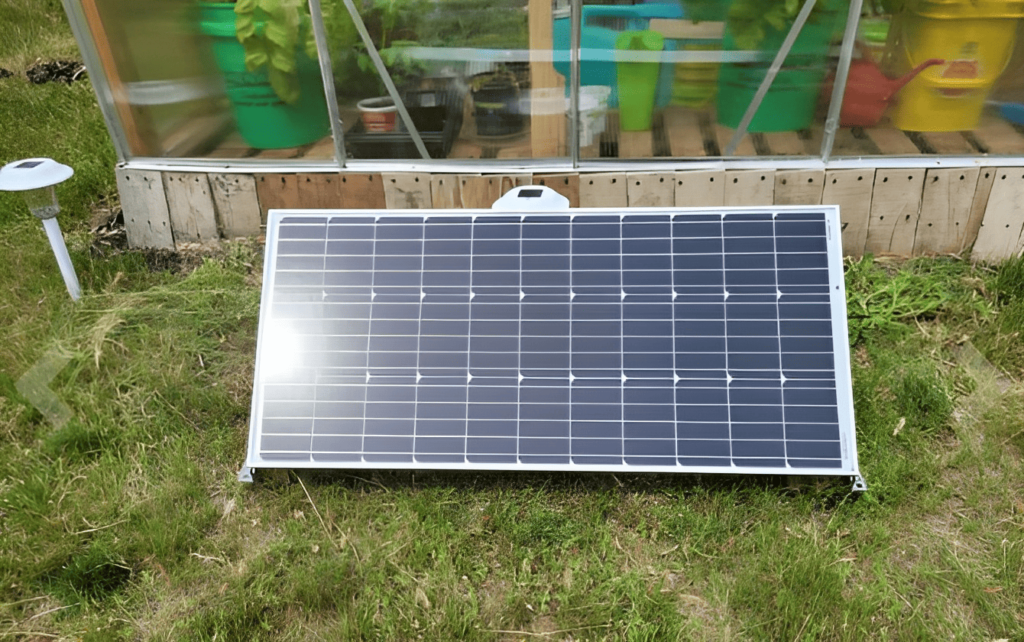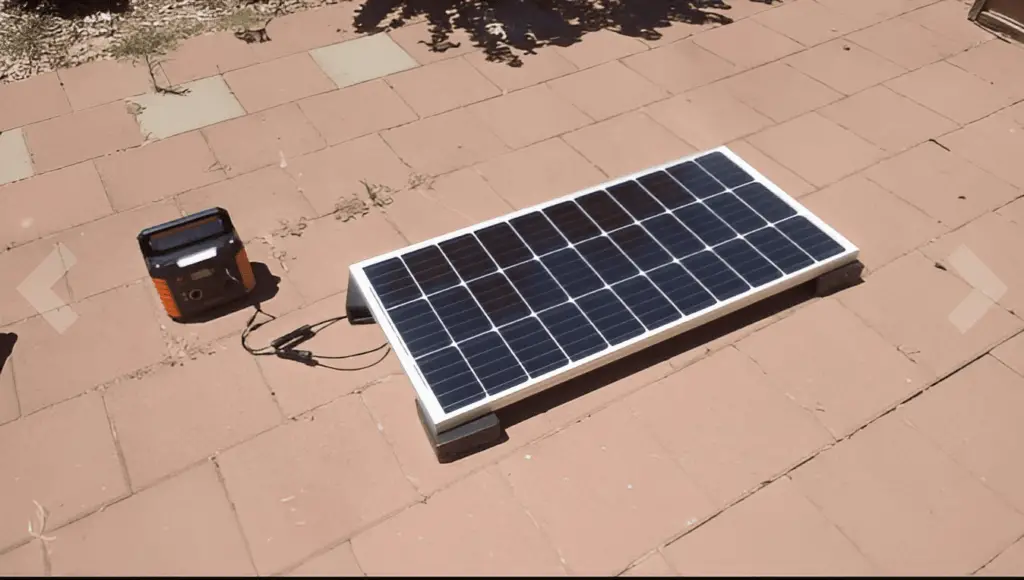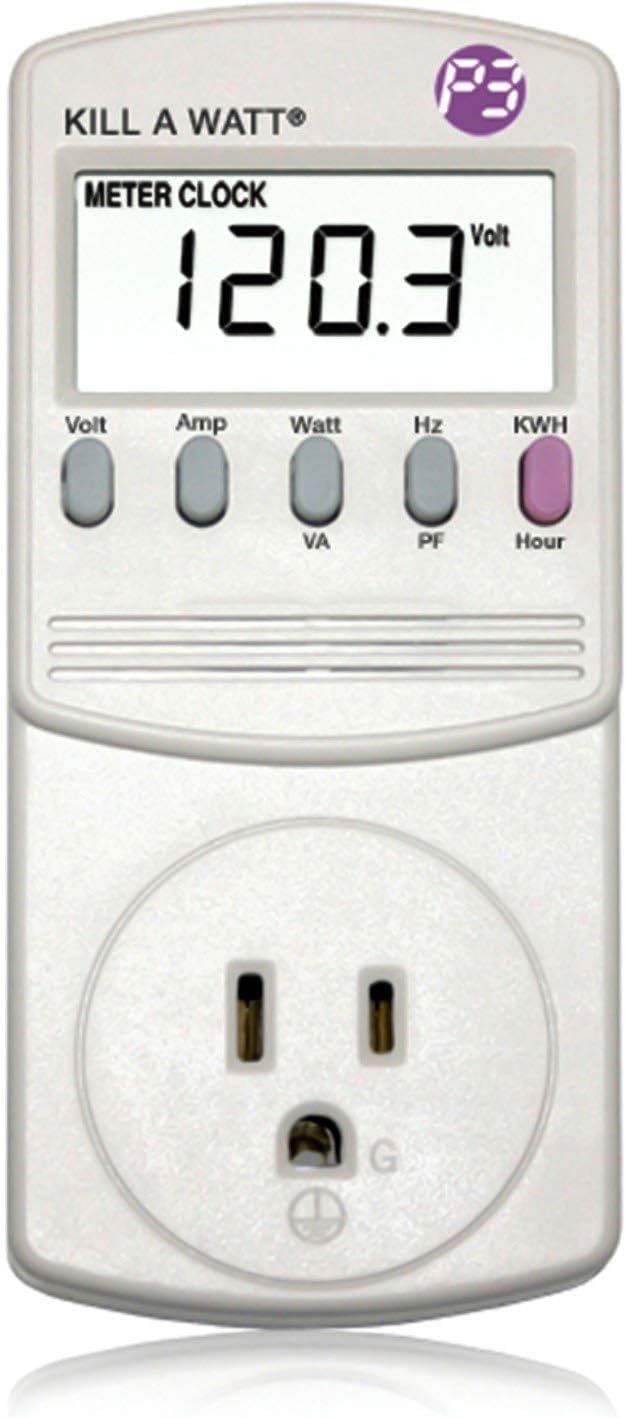Can a 100 watt solar panel run a TV? Well, let's dive into the details and find out by understanding the power output of a 100 watt solar panel and the energy consumption of your TV.
Also, I'll discuss some factors to consider when running a TV with solar panels and some ways to make it more efficient.
Can a 100 watt solar panel run a tv?

Yes, a 100 watt solar panel can indeed run a TV with a power consumption of up to 70 watts if you plan on directly connecting them.
However, if you use a battery bank in combination with an inverter and solar panel, you can power TVs of any size with a 100 watt solar panel. This combination ensures a consistent power supply, especially considering that solar panel output can vary due to many factors.
Note: For TVs with DC input, you can directly connect them to a battery or solar panel using a DC-DC voltage regulator. However, if your TV requires AC power (110-240 volts), you will need an inverter, which incurs approximately 10% power loss during DC to AC conversion.
Now, let's take a closer look at the factors that play a role in determining whether a 100 watt solar panel can effectively run your TV.
Power Output of a 100 watt Solar Panel
A 100 watt solar panel refers to its power rating, indicating the amount of electricity it can produce under standard test conditions. However, The power output of a 100 watt solar panel depends on various factors such as sunlight intensity, temperature, and shading.
Generally speaking, on a sunny day, a 100 watt solar panel typically generates an average of 70-80 watts per peak sun hour and about 400-500 watt-hours daily. On a cloudy day, the total output may range from 50-150 watt-hours.
Note: You can use our solar panel output calculator to find out how much energy a 100 watt solar panel can produce based on your location.
Energy Consumption of a TV
To determine if your TV can be powered by a 100 watt solar panel, you need to consider the energy consumption of the TV itself. TVs come in different sizes and types, each with its own power requirements.
However, on average, a standard LED TV consumes between 80-150 watts per hour, depending on its size and display technology.
Here's a table illustrating different sizes and types of TVs with their power consumption.
| TV size (inches) | TV type | Power Consumption (watts) |
|---|---|---|
| 18-inch | LED | 18-22 W |
| LCD | 25-32 W | |
| Plasma | 50-75 W | |
| 24-inch | LED | 24-28 W |
| LCD | 36-44 W | |
| Plasma | 75-95 W | |
| 32-inch | LED | 35-40 W |
| LCD | 50-60 W | |
| Plasma | 100-130 W | |
| 40-inch | LED | 40-50 W |
| LCD | 60-70 W | |
| Plasma | 120-160 W | |
| 50-inch | LED | 50-60 W |
| LCD | 75-90 W | |
| Plasma | 150-200 W | |
| 60-inch | LED | 60-75 W |
| LCD | 90-110 W | |
| Plasma | 200-250 W |
how much power does a tv use? chartPlease Note: Refer to your specific TV model's specifications or user manual to accurately determine its power consumption.
Factors Affecting TV Power Consumption
Several factors affect TV power consumption, including brightness settings, audio output, connected peripherals, and screen size. Newer technologies like OLED and 4K displays tend to consume more power compared to traditional LED TVs.
It's crucial to take these factors into account when assessing whether a 100 watt solar panel can meet your TV's power requirements.
The most accurate way to measure power consumption: Use this electricity usage monitor to find out the actual power consumption of your TV or other appliances. Simply plug it in between your TV and power socket, this will show the wattage consumption.
- Monitor your electrical usage by day, week, month, or year
- Large LCD display counts consumption by the kilowatt-hours
Compare TV Power Requirement vs 100 watt solar panel Production
To determine if your 100 watt solar panel will power your TV, follow these steps:
1. With a battery
- Identify the power consumption of your TV in watts. This information can usually be found in the TV's user manual or on the manufacturer's website.
- Consider the average number of hours you intend to use the TV per day. Let's assume you plan to use it for 4 hours daily.
- Multiply the power consumption of the TV by the number of hours of usage. For example, if your TV consumes 100 watts and you use it for 4 hours, the calculation would be 100 watts x 4 hours = 400 watt-hours (Wh) per day.
- Now, compare the calculated power requirements with the power output of the 100 watt solar panel. If the total daily power output of the solar panel exceeds or is equal to the calculated power requirements, it should be able to run your TV for desired hours.
2. Without a battery
- The power consumption of your TV should not be higher than the output of your 100 watt solar panel.
Note: Make sure to use DC to DC voltage regulator.
Additional Considerations
While a 100 watt solar panel can potentially run a TV, there are a few additional considerations to keep in mind:
- Energy Storage: If you plan to use the television during nighttime or when sunlight is limited, you'll need a way to store the excess energy generated by the solar panel. This can be achieved using batteries or solar energy storage systems.
- Other Devices: It's essential to consider the power requirements of other devices you might want to run simultaneously with the TV. This includes peripherals like gaming consoles, sound systems, or streaming devices. Make sure to factor in their power consumption when assessing the feasibility of using a 100 watt solar panel.
- Energy Efficiency: To optimize the usage of a 100 watt solar panel, consider energy-efficient TVs that consume less power. LED TVs are generally more energy-efficient compared to plasma or older LCD models.
NOTE: The most efficient way to power your television using a solar panel is to store the power generated by the solar panels in a battery. Once the power is stored, you can then connect an inverter (For AC input TV) or DC-DC voltage regulator (DC input TV) to the battery and finally connect the TV to the inverter. This setup ensures a reliable and consistent power supply for your television, allowing you to enjoy uninterrupted entertainment while utilizing solar energy.
Tips for Efficiently Running a TV on Solar
To maximize the efficiency of running a TV on a 100 watt solar panel, consider these tips:
- Opt for energy-efficient TVs with lower power consumption.
- Adjust the TV's brightness and audio settings to conserve power.
- Limit the usage of power-intensive features like gaming or streaming.
- Utilize timers or power-saving modes to automatically turn off the TV when not in use.
- Regularly clean the solar panel to ensure maximum sunlight absorption.
solar powered TV --- what’s Needed?

To power a TV using solar energy, you will need the following components:
Alternatively, you can opt for a portable solar generator, which is an all-in-one package. It typically includes a built-in charge controller, battery bank, and inverter, making it convenient and easy to use. One example is the Jackery 1000 portable power station, which provides a complete solar power solution.
Conclusion
In conclusion, while a 100 watt solar panel may be able to run a TV with moderate power consumption, it's important to assess the specific power requirements of your TV and consider additional factors like energy storage and efficiency.



